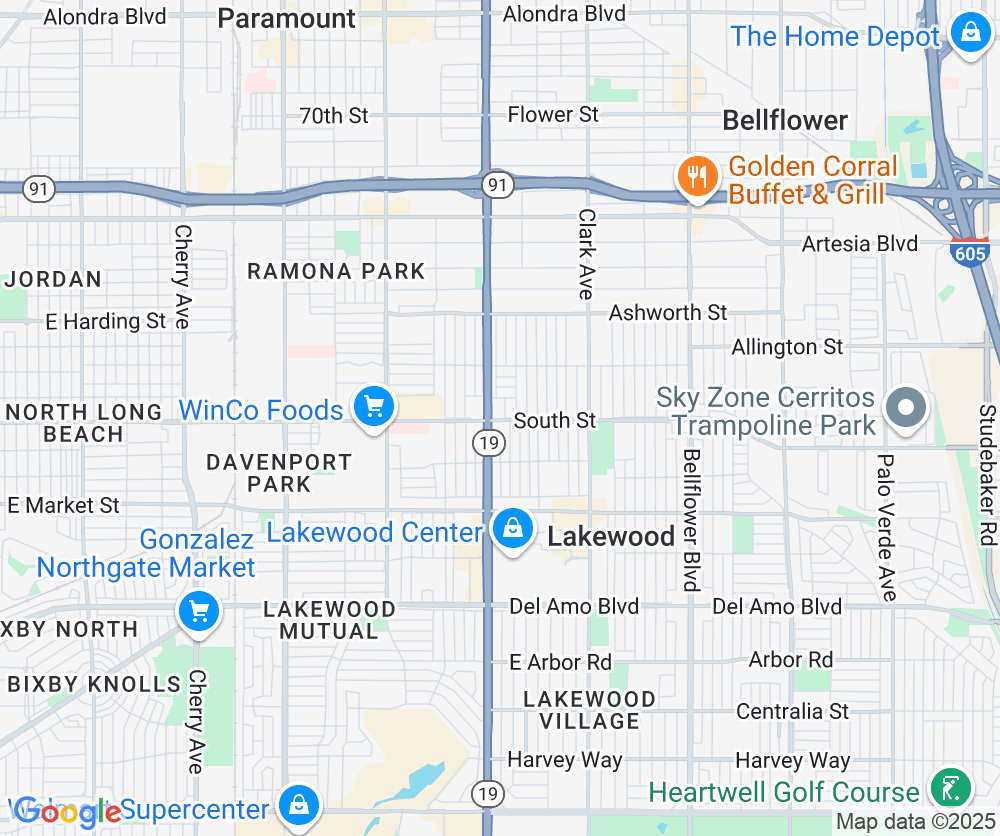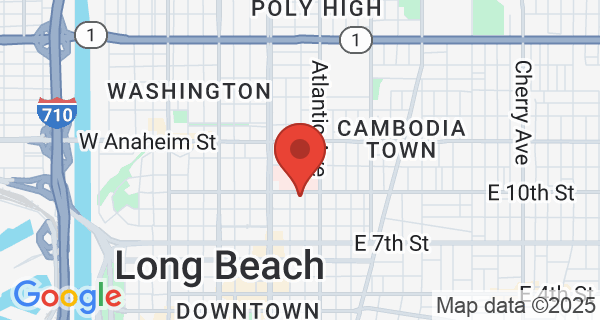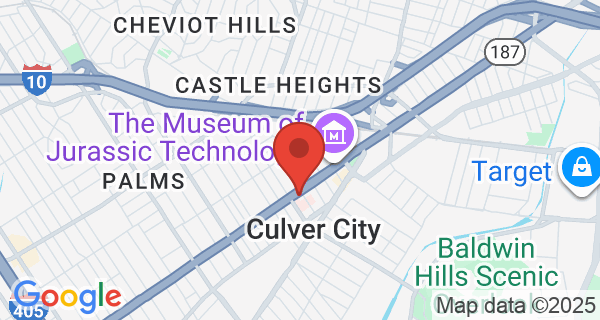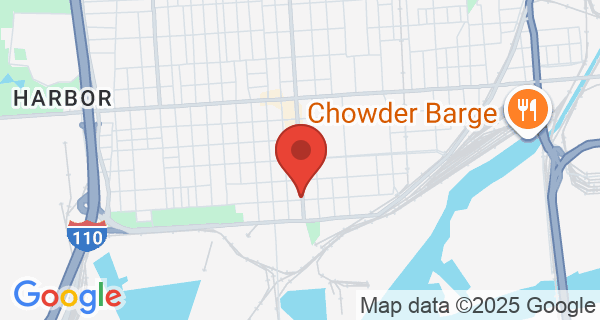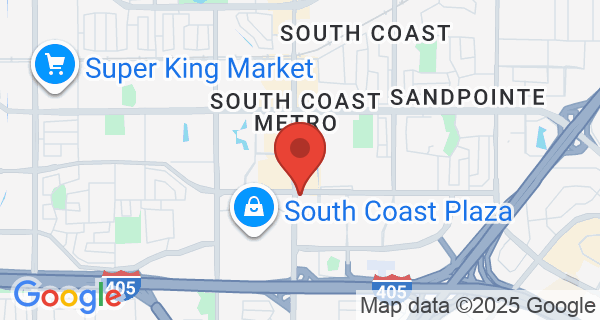- Home
- Meet the Team
- Bariatric Surgery
- Bariatric Surgery Overview
- Gastric Bypass Surgery
- Biliopancreatic Diversion with Duodenal Switch
- LAP-BAND®
- Sleeve Gastrectomy
- Tummy Tuck
- Revision Bariatric Surgery
- ORBERA™ Intragastric Balloon
- ReShape™ Non-surgical Weight Loss Procedure
- Body Contouring after Weight Loss Surgery
- Bariatric Surgery Recovery
- Lap Band to Sleeve
- Obalon Balloon System
- Non-surgical Weight Loss Procedures
- GERD Treatment (LINX®)
- Testimonials
- Reviews
- Locations
- Blog
- Photo Gallery
- Contact
- Site Map
What Causes Cravings?
We all have cravings from time to time, some of us more than others, but it’s important to note that hunger and cravings are different. Hunger is the physical need for fuel while cravings are an intense desire for a specific food whether you are hungry or not.
In this post I am going to list some ways to manage or prevent cravings beginning with what causes cravings in the first place.
Hunger can range from mild to intense depending on how long you have gone between meals or how active you are. Typically having low blood sugars is what leads to hunger but also can lead to intense cravings. Additionally, the hungrier you are the more difficult it can be to think clearly about choosing a healthy choice for your body. It’s also more challenging to eat slowly and mindfully which both help with digestion and feeling more satisfied after a meal.
A lot of my patients tell me they are not hungry in the morning for breakfast and prefer to start their day with a cup or more of coffee. The result is initially lots of energy and no appetite since the caffeine in coffee and other caffeinated beverages tend to stunt hunger and boost energy but the side effect is increased anxiety if you are prone to it and low blood sugars. Soon after a crash in energy, mood and cravings for quick carbs may ensue since you are feeling low on energy. This “blood sugar” crash could be even worse for those who have not eaten anything all morning.
Stress - It’s common to crave foods such as chocolate, chips, cookies, and other foods high in fat, sugar, and calories because they stimulate the reward center of your brain which then makes you feel less stressed. These foods cause your body to release endorphins, also known as “feel good” chemicals. Endorphins give off chemicals to the brain so you feel pleasure and stunts pain.
Dopamine for example is one of the feel good chemicals that is like a button that is pressed whenever we do or eat something that is enjoyable. If we hit upon this pleasure button too often we reduce dopamine’s effectiveness. In time it will take more and more excitement and stimulation to feel that same pleasure and therefore you may feel like you need more and more of that treat to get the same feel good chemicals to be released. The good news is that listening to music, viewing art, and doing exercise all increase our dopamine as well.
Associations and memories - When places, people, or events are paired with certain foods a link in the brain is created. This is also known as an external or environmental “cue” that reminds us of a desire for that feeling we once had in that specific situation that gave you pleasure or comfort. The opposite can also occur if you had a negative experience. Aromas, seeing your favorite dessert, or advertisements are all examples of how cravings are created.
Deprivation - Past dieting or having many dietary restrictions can lead to cravings for the foods you are not “allowed” to have. Also restricting whole foods groups can lead to nutrient deficiencies and extreme hunger.
How to Manage Cravings-
Now that I’ve introduced a few main causes of cravings, let’s look at how to manage cravings.
If you are struggling with low blood sugars throughout the day due to starting your day with coffee or not eating anything in the morning, try to have a protein shake with fruit or a light balanced breakfast within one hour of waking up that includes some lean protein and high fiber carbohydrates to set your day up with optimal blood sugar levels. For example try 1/2 cup of slow cooked oats with 1/2 cup of blueberries and 2 tablespoons of ground flaxseeds or an egg white omelet with veggies and a couple tablespoons of avocado and pico de gallo. Try having coffee either with your first meal or after to prevent that blood sugar spike and dip later on.
Practice Mindfullness - bringing more awareness to the present moment puts space between your cravings and your response to eat. This gives you more time to think about how you will respond. When you pause before you eat, notice how your body is feeling and what your thoughts are telling you. Are you just stressed and need a break? Figure out what you really need. Maybe a nap or a walk will suffice.
Get curious - notice any external/internal cues going on in your day. Are you having a stressful day at work and when you see the cookies in the break room they are calling your name? Or maybe your lagging on sleep and craving caffeine from coffee or chocolate to keep you up. Whatever you are feeling both mentally and physically is important to be aware of. Remember not to judge yourself negatively since it's human nature to have these cravings when all we are searching for is inner balance.
Which brings me to the next point - try to keep your meals and snacks balanced with a lot of variety so you don’t get bored of eating the same thing day after day. Eating the right portion sizes and following the plate method (1/2 plate veggies, 1/4 lean proteins, and 1/4 complex high fiber carbs) at meals and snacks can also keep hunger at bay. Protein about the size of the palm of your hand is all you need + a high fiber carbohydrate = about 1 piece of raw fruit, a whole sweet potato, 1/3-1/2 cup of whole grains, or 1 cup of raw veggies are just a few examples of foods to include in your meals/snacks. The more variety and nutrient dense foods you add to your meals/snacks the more satisfied you will be which will ultimately prevent cravings.
I hope these dietary tips give you the tools to reduce your cravings today and keep your body and mind nourished, satisfied and happy!

